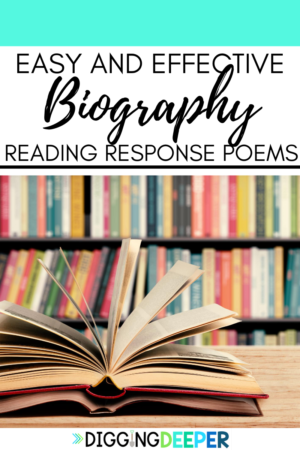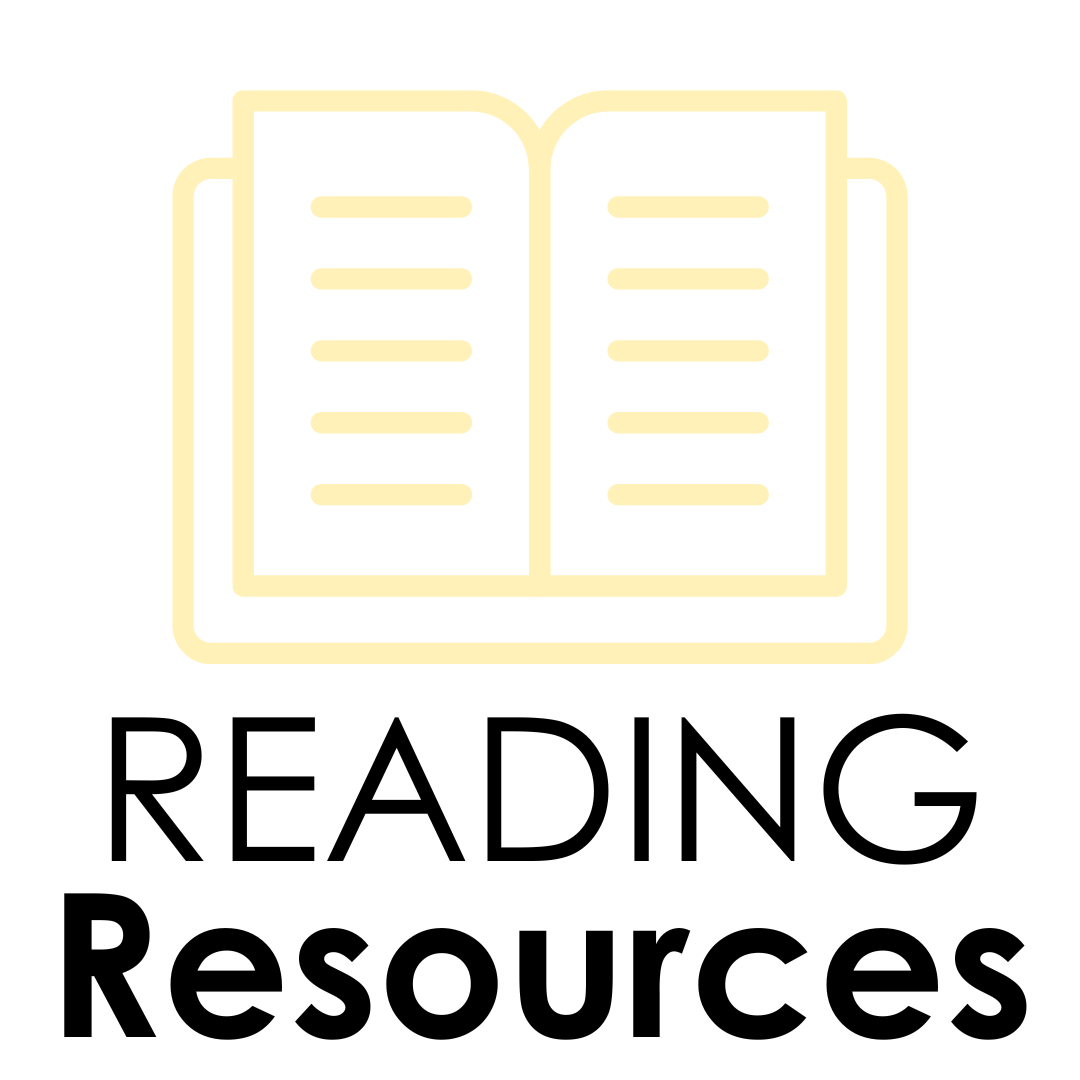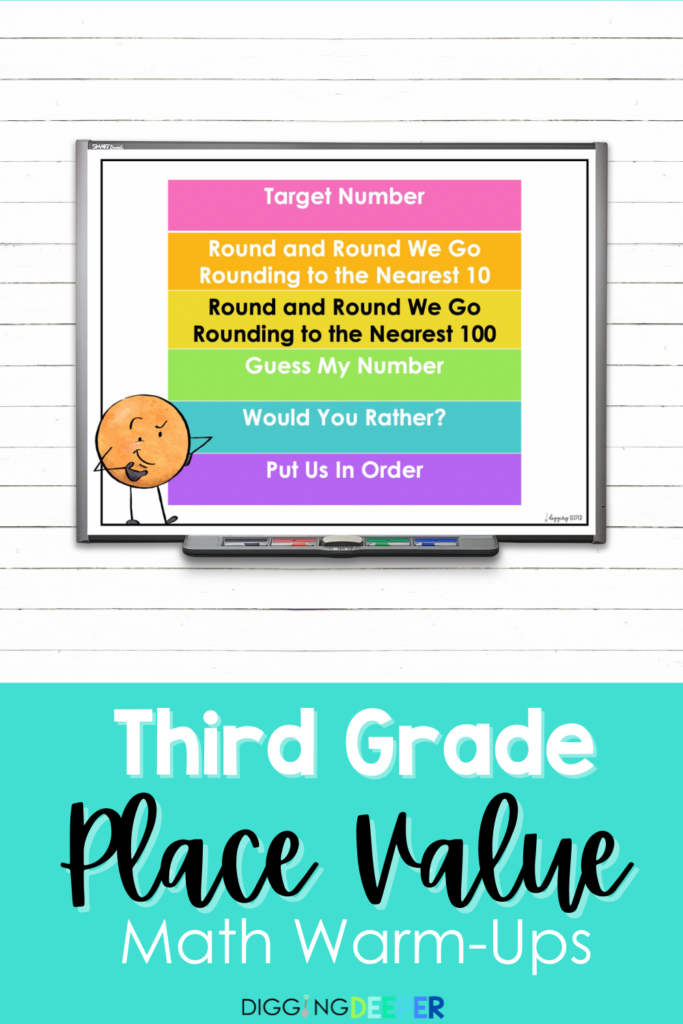My favorite time of day is the last 15 minutes of school when I read aloud to my third graders. Sometimes the students sit in their desks, and sometimes they move to my carpet and sit with me. They don’t have worksheets to complete, or questions to answer, they simply sit and listen to a good story.
I will always encourage teachers to read aloud, and will always strive to show administration why this time is so important for our students. (I once had a principal who made a point to come to my room everyday for read aloud time!)

Here are 7 reasons why:
1. Provides a common ground for discussing books.
Sharing a book together gives my class a common thing to talk about. For example, after reading Matilda by Roald Dahl at the beginning of the year, I can bring up Ms. Trunchbull at any point of the school year (even in May) and my students immediately remember her. I can bring her up when I want to talk about character traits, or character motivation. I bring up this story in January when I am ready to introduce themes in literature. I purposely choose each book that I share with my students so that I can refer to it later in the school year.
Some books also bring up important things that students may be dealing with. For example, in the book the Great Gilly Hopkins by Katherine Paterson, Gilly is searching for her biological mother, when really she has a wonderful mother right in front of her. Many students in my class do not live with biological parents and book helps us to talk about this sensitive topic.
2. Allows students to experience books outside of ones they would choose normally.
My students’ go-to reading books include Magic Tree House, A-Z Mysteries, Diary of a Wimpy Kid, etc. These are fun, quick reads for students with familiar characters. I would never choose one of these books for a read aloud because I want to pick books that are above their reading level and books that are new or different from their usual. This helps them learn about a cool new series, or a new author. Hopefully (and usually) they like my books enough that they search for other books in the series or other books by the same author.
3. Perfect time for teachers to model comprehension strategies.
While I am reading to my students, I use the “think-aloud” strategy where I share my thinking with my students. Most of the books I share, are books that I have read before. But, sometimes I read a book that is new to me & the students. During those times, I find myself doing the best “think alouds.” Because I am encountering the text for the first time, my natural thoughts as a reader pop into my mind & I share those with my students.
Read alouds are especially helpful for fiction standards such as characterization, (traits, motivation, comparisons, etc) and theme.
4. Helps students see that reading can be fun!
I always tell my students to put down anything they are working on so they can focus on the story. I talk to them about visualization and tell them to turn on the TV in their minds. I choose books that I know will be engaging and relatable so that I can catch their attention. By making good book choices and limiting their distractions, I am setting them up for an enjoyable time of reading with “no strings attached.”
5. Models fluent reading.
You are likely to be the only adult who takes the time to sit and read with some of the students in your classroom. This is a sad, but true fact. Listening to you read aloud will help students hear a great model of what his or her reading should sound like. They’ll notice the speed of your reading and the smooth way that your words flow together. They will also notice your expression & will imitate that when they read aloud themselves.
6. Helps expand vocabulary.
When you choose a book you’ll want to choose one that you know is above most students’ independent reading level. This will ensure that there will be good vocabulary to discuss with your students. As you read, take the time to stop and discuss vocabulary words that you come across. Talk about the meaning and encourage your students to use those words in their daily conversations.
7. Highlights figurative language.
Complex texts are always full of metaphors, idioms, hyperboles, and other forms of figurative language. Each time you see something like this, stop and ask your students they know what the author is really saying. Once you draw attention to these, your students will start to notice them everywhere. And once they notice them, they’ll be able to decipher the meanings easier. This is one of my favorite classroom activities and bulletin boards. More on that later!
Check out my post of my favorite read alouds for 3rd grade here.






